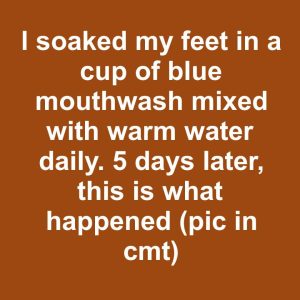
We often hear that “we are what we eat,” but few realize that some everyday foods can carry very real risks. Hidden toxins, natural poisons, and improper preparation can turn innocent-looking ingredients into genuine health hazards. Each year, hundreds of people around the world suffer serious or even fatal consequences after eating foods they thought were harmless.
Below is a global overview of ten foods that deserve more caution than you might expect.
1. Cassava: a Staple Crop with a Lethal Side

Consumed daily by millions across Africa, Asia, and Latin America, cassava is essential in many diets. However, the raw root contains compounds that can convert into cyanide if not thoroughly processed. The World Health Organization reports that roughly 200 deaths each year are linked to cassava poisoning.
Proper preparation—soaking, fermenting, or cooking—eliminates the danger completely.
2. Fugu: Japan’s Most Perilous Delicacy
The pufferfish known as fugu is famous for its extreme risk. It contains a neurotoxin hundreds of times stronger than cyanide, capable of causing rapid paralysis and death. Because a tiny error in preparation can be fatal, only certified chefs in Japan are allowed to serve it. Around fifty poisoning incidents are recorded annually.
3. Star Fruit: Harmless for Most, Dangerous for Some
Star fruit is visually appealing and rich in vitamin C, but it also contains neurotoxins that healthy kidneys can usually filter out. In people with kidney disease, however, these toxins accumulate quickly and may trigger confusion, seizures, or fatal complications. Anyone with kidney issues should avoid it entirely.
4. Fruit Pits: A Hidden Toxic Core
Cherries, apricots, and even apples contain pits with compounds that release cyanide when crushed or chewed. Accidentally swallowing a pit is not dangerous. However, consuming large quantities—especially crushed pits—can become toxic.
5. Green Potatoes: A Common Household Hazard

Potatoes that have been exposed to sunlight can turn green and develop solanine, a natural toxin. In high amounts, solanine may cause stomach pain, vomiting, dizziness, or even neurological issues. Remove any green parts or discard the potato entirely if the discoloration is widespread.
6. Raw Cashew Nuts: Not as “Raw” as You Think
Cashews labeled as “raw” in stores have actually been steamed. True raw cashews contain urushiol, the same irritant found in poison ivy. It can provoke severe skin or internal reactions if eaten without proper processing.
7. Nutmeg: A Kitchen Staple with Psychoactive Effects
A pinch of nutmeg adds depth to many recipes, but larger amounts are hazardous. Just a couple of teaspoons can cause hallucinations, nausea, and disorientation that may last days. This spice should always be used sparingly.
8. Wild Mushrooms: A Risky Game of Look-Alike

Many poisonous mushrooms closely resemble edible varieties, and misidentification causes serious poisonings every year. Certain toxic species can cause liver failure or death. If you are not an expert, avoid picking wild mushrooms or have them checked by a trained specialist.
9. Rhubarb: Safe Stalks, Toxic Leaves
Rhubarb stems are commonly used in pies and desserts, but the leaves contain high levels of oxalic acid. Eating them in significant quantities can impair kidney function. Always remove the leaves, and cook only the edible stalks.
10. Raw Red Kidney Beans: Dangerous When Undercooked
Red kidney beans contain phytohemagglutinin, a toxin that becomes harmless once the beans are fully boiled. Eating them raw or insufficiently cooked can cause severe vomiting and abdominal pain. To ensure safety, boil them vigorously for at least ten minutes before simmering.




